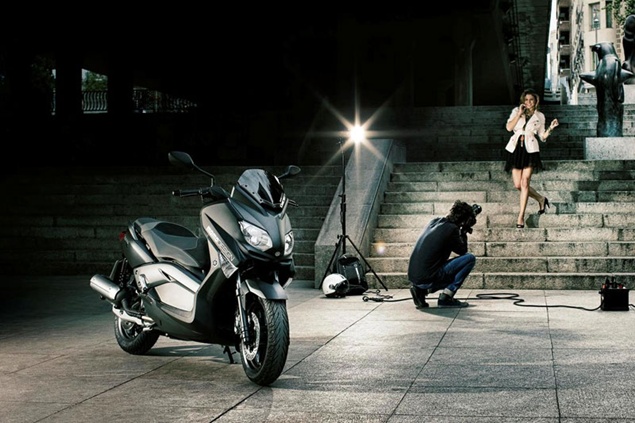
Honda’s Shadow line of cruisers was kind of falling behind the competition both in terms of performance and looks, so urgent measures were required to refresh the famous name and even add more salt and pepper to it. The solution comes with the all new 2010 Honda VT750C2A Shadow Phantom.
First the Fury, now the Phantom. Honda again looks to give its cruiser motorcycles a tougher image with the introduction of its blacked-out 2010 Honda Shadow Phantom.
“We have a new cruiser that offers a whole new look for Honda,” said Honda Powersports Press Manager Bill Savino.
Spesifications :
Model: VT750C2A
Engine Type: 745cc liquid-cooled 52° V-twin
Bore and Stroke: 79mm x 76mm
Compression ratio: 9.6:1
Valve Train: SOHC; three valves per cylinder
Induction: PGM-FI with automatic enrichment circuit, one 34mm throttle body
Ignition: CD with electronic advance, two spark plugs per cylinder
Transmission: Wide-ratio five-speed
Final Drive: Shaft
Suspension
Front: 41mm fork; 4.6 inches travel
Rear: Dual shocks with five-position spring preload adjustability; 3.5 inches travel
Brakes
Front: Single 296mm disc with twin-piston caliper
Rear: Drum
Tires
Front: 120/90-17
Rear: 160/80-15
Wheelbase: 64.5 inches
Rake (Caster angle): 34o
Trail: 161mm (6.3 inches)
Seat Height: 25.7 inches
Fuel Capacity: 3.9 gallons, including 0.9-gallon reserve
Colors: Black
Curb Weight*: 549 pounds































